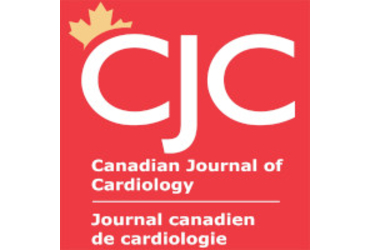Background and aim :
It was hypothesized that the pattern of coronary occlusion (thrombus composition) might contribute to the onset of ventricular arrhythmia and sudden cardiac death (SCD) in myocardial infarction (MI).
Methods :
The TIDE (Thrombus and Inflammation in sudden DEath) study included patients with angiographically-proven acute coronary occlusion as the cause of a ST elevation MI (STEMI) complicated by Sudden Cardiac Death (SCD group) or not (STEMI group). Thrombi were obtained by thrombo-aspiration before primary percutaneous coronary stenting and analyzed with a quantitative method using scanning electron microscopy. We compared the composition of the thrombi responsible for the coronary occlusion between the two groups and evaluated factors influencing its composition.
Results :
We included 121 patients and found that thrombus composition was not different between the SCD group (n=23) and the STEMI group (n=98) regarding content of fibrin fibers (60.3±18.4% vs. 62.4±18.4% respectively, p=0.68), platelets (16.3±19.2% vs. 15.616.7±%, p=0.76), erythrocytes (14.6±12.5% vs. 13±12.1%, p=0.73) and leukocytes (0.6±0.9% vs. 0.8±1.5%, p=0.93). Thrombus composition did not differ between patients receiving upstream-use of glycoprotein IIb/IIIa platelet receptor inhibitors (GPI) and patients free of GPI. The only factor found to influence thrombus composition was the ischemic time from symptom onset to primary PCI, with a decreased content in fibrin fibers (57.8±18.5% vs. 71.9±10.1%, p=0.0008) and a higher platelet content (19.2±19.1% vs. 7.9±5.7% p=0.014) in early presenters (<3h of ischemic time) vs. late presenters (>6h of ischemic time).
Conclusion :
Composition of intracoronary thrombi in STEMI patients does not differ between those presenting with and without SCD. Time from symptom onset to coronary reperfusion seems to be the strongest factor influencing thrombus composition in MI.






